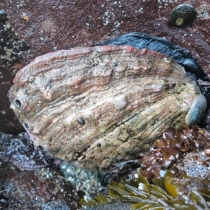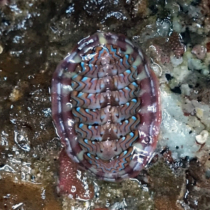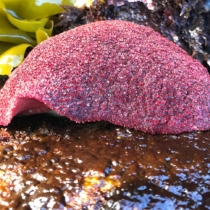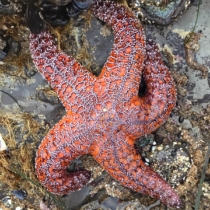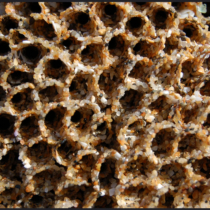By Emily Gottlieb, Pacific Grove Museum of Natural History
On a sunny afternoon in late October, a small group of students from an alternative high school were participating in the LiMPETS sand crab monitoring program at their local beach. Many had not been present for the in-class training a few days prior, so standing in the beach parking lot, they had a crash course in the monitoring protocol. They learned how to set vertical transects and collect their samples, how to measure and sex the crabs, how to return the crabs to the swash zone after collecting their data. After some half-hearted grumbles about getting their feet sandy, they had made their way down to the water. Once there, they followed the protocol meticulously, quickly forgetting their protests against the sand. After completing their survey, most of the students were wading in the shallow water or gathering their gear to return to the parking lot, but one student was hanging back. His towering 6-foot frame was bent over a small sandy child who had curiously wandered over with his mom. The high school student was gingerly holding a large sand crab and demonstrating how to lift the crab’s telson to reveal the bright orange eggs that she carried. The tiny beachcombers’ eyes went wide with fascination and the high school student was beaming — fully engaged in this teaching moment as he shared his newfound expertise.
More




 Gianna, Jack, Peter, and Nathan
Gianna, Jack, Peter, and Nathan







